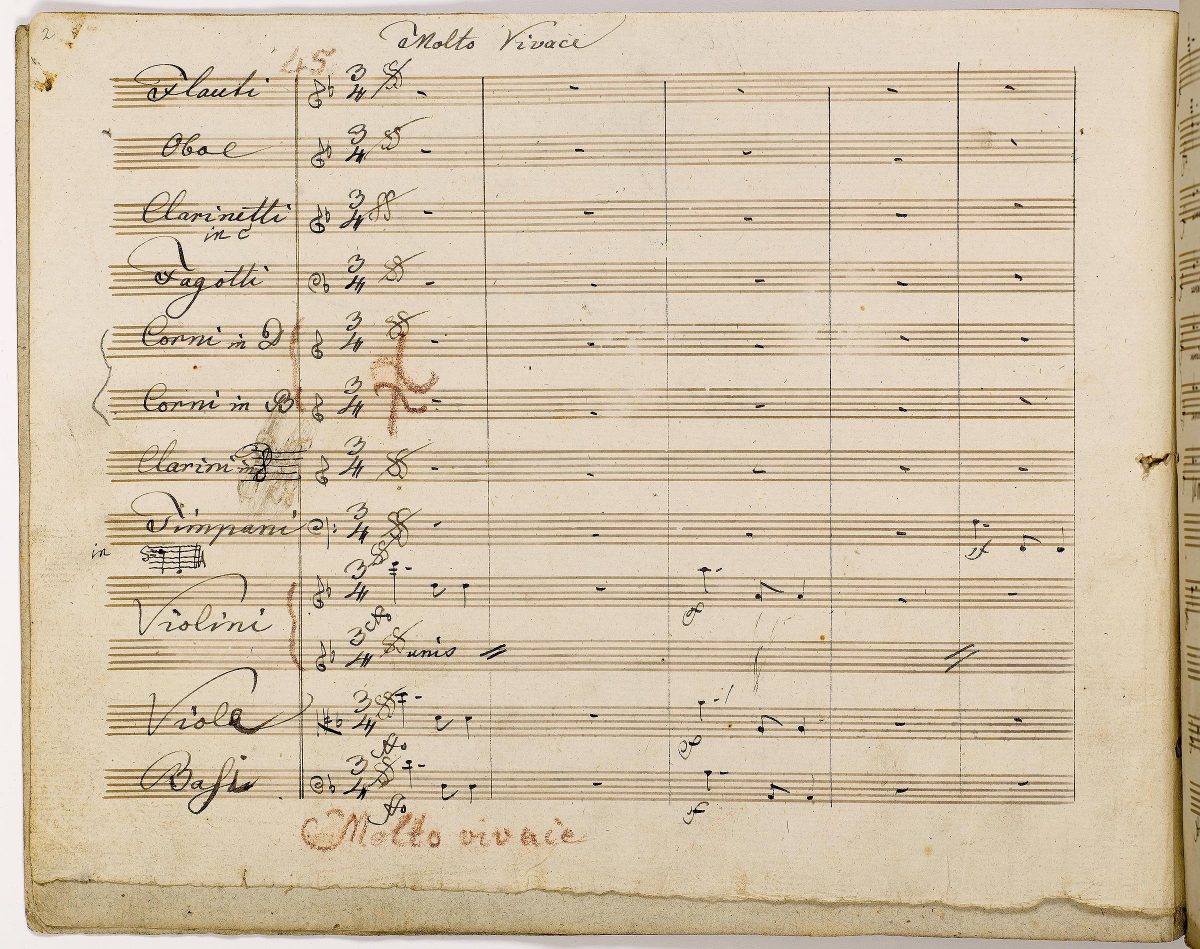
There are three stitch holes located 6 millimeters to 10 The manuscript in the Moldenhauer Archives consists of a single leaf of oblong format measuringĪpproximately 225 millimeters by 287/295 millimeters, and is ruled on both sides with sixteen stavesĪpproximately 196 millimeters long. Sometime before the initial inventory of Artaria's auction purchases was compiled. These leaves, which include the Moldenhauer sketch leaf, were severed from the sketchbook 5 Here he identifies the most striking physical characteristic of SCHEIDE, the loss of seventeen and three-quarters consecutive leaves between pages 32 and 33. Published in the periodical Musikalisches Wochenblatt and subsequently reprinted with minor Gustav Nottebohm provided the first extensive description of the sketchbook in an 1876 essay Then acquired it for his collections his heirs incorporated it into the Flörsheim collection,įrom which William Scheide procured it in 1965. Davy of Kingussie, Scotland Louis Koch of Frankfurtam-Main SCHEIDE was purchased at the 1827 auction of Beethoven's estate by the music publisher and dealerĭomenico Artaria, whose son, August Artaria, sold it to the Viennese collector Eugen von Miller inġ871. Into trouble elsewhere, a place particularly suited for work on difficult problems but not to write out SCHEIDE has also been characterized as having the "function of a workshop for ideas that had run Portrayed as a reflection of aĬomplex period in Beethoven's life and of a critical phase of transition for him as a composer, Quintessence of the Scheide sketchbook (SCHEIDE) as a whole. 2 The composer's proclivity for intensive and quantitative preliminary work on his compositions is the Beethoven used it from about March 1815 through about May 1816.

The sketch leaf was originally part of the sketchbook, acquired long since the leaf's removal and now Movement of the Piano Sonata opus 101, as well as unidentified sketches in D minor. 1 One example in support of the prevailing view is a manuscript leaf from the Moldenhauer Archives at the Library of Congress, containing fragmentary sketches for Beethoven's WoO 168, "Das Schweigen," the final Process of assiduous labor by which initial musical ideas were transformed by gradual stages intoĪrtistic substance, this view is admonished in some cases for its over-generalization and lack ofĪccurate perspective, depth, and substance in many cases, however, it is endorsed. What he calls the prevailing view of the composer's creative approach to composition. Nottebohm's pioneering essays on the subject of Beethoven's sketchbooks as primary sources for

In his essay on "Beethoven's Sketches for Sehnsucht (WoO 146)," Lewis Lockwood cites Gustav

Listen to this page A Beethoven Sketch for the Puzzle Canon "Das Schweigen," WoO 168


 0 kommentar(er)
0 kommentar(er)
